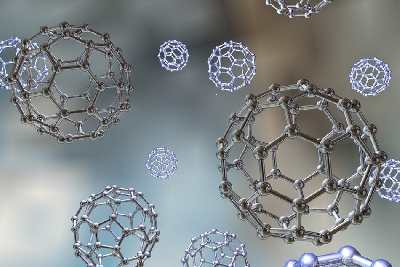One of the first indicators to identify whether a material or product contains NANO – and thus is potentially entitled as a nanomaterial – is its specific surface area. Since nanoparticles are very small particles their surface-to-volume ratio is very high and therefore nanoparticles also exhibit a relatively high surface area per unit mass compared to micrometer-sized particles. The European Commission has issued guidelines for identification of nanomaterials and their potential nanomaterial classification is based on the nanoparticles’ specific surface area coupled to particle morphology.
The specific surface area of porous, non-porous materials and also nanoparticle materials can excellently be measured and quantified by the BET analysis using physical gas adsorption of nitrogen gas at an analysis temperature of 77 K. The so-obtained specific surface area obtained by this analysis is often referred to as BET surface area and the BET specific surface area is expressed in m2/g. However, to exclude potential differences in density values of nanomaterials and nanoparticles, the true density is included in the specific surface area and this makes the so-called Volume Specific Surface Area (VSSA) that is then expressed in m2/m3. The true density of every material and also nanomaterials and nanoparticles can be measured by helium pycnometry or nitrogen pycnometry.
Depending on the particle shape, the European Commission has communicated nanomaterial identification guidelines that a material potentially composed of nanoparticles and with a volume specific surface area in the range of VSSA > 20 m2/m3 up to VSSA > 60 m2/m3 is entitled as a nanomaterial. On the other hand, low cut-off values of the VSSA < 6 m2/m3 up to VSSA < 24 m2/m3 are used to conclude a material being NOT a nanomaterial. If high VSSA values are found, confirmatory techniques such as electron microscopy, differential centrifugal sedimentation and/or dynamic light scattering should be used.
Please note that porous materials can easily show a high Volume Specific Surface Area value while not containing any nanoparticles and thus NOT being a nanomaterial! Accordingly, specific surface area is mostly used as a screening parameter for initial identification of nanomaterials




